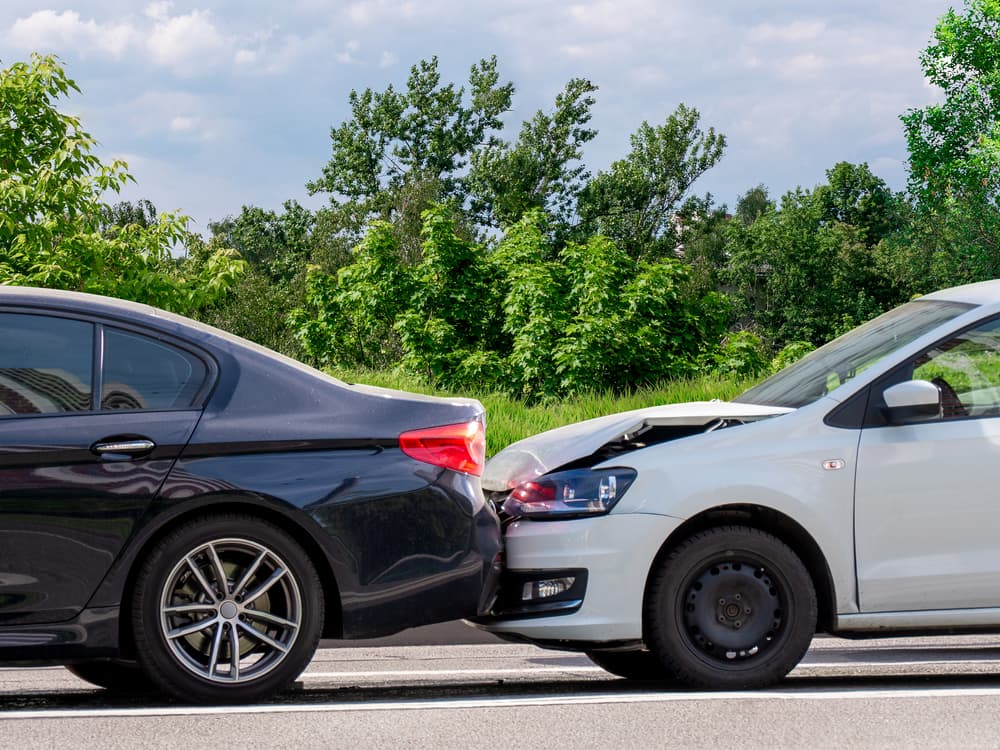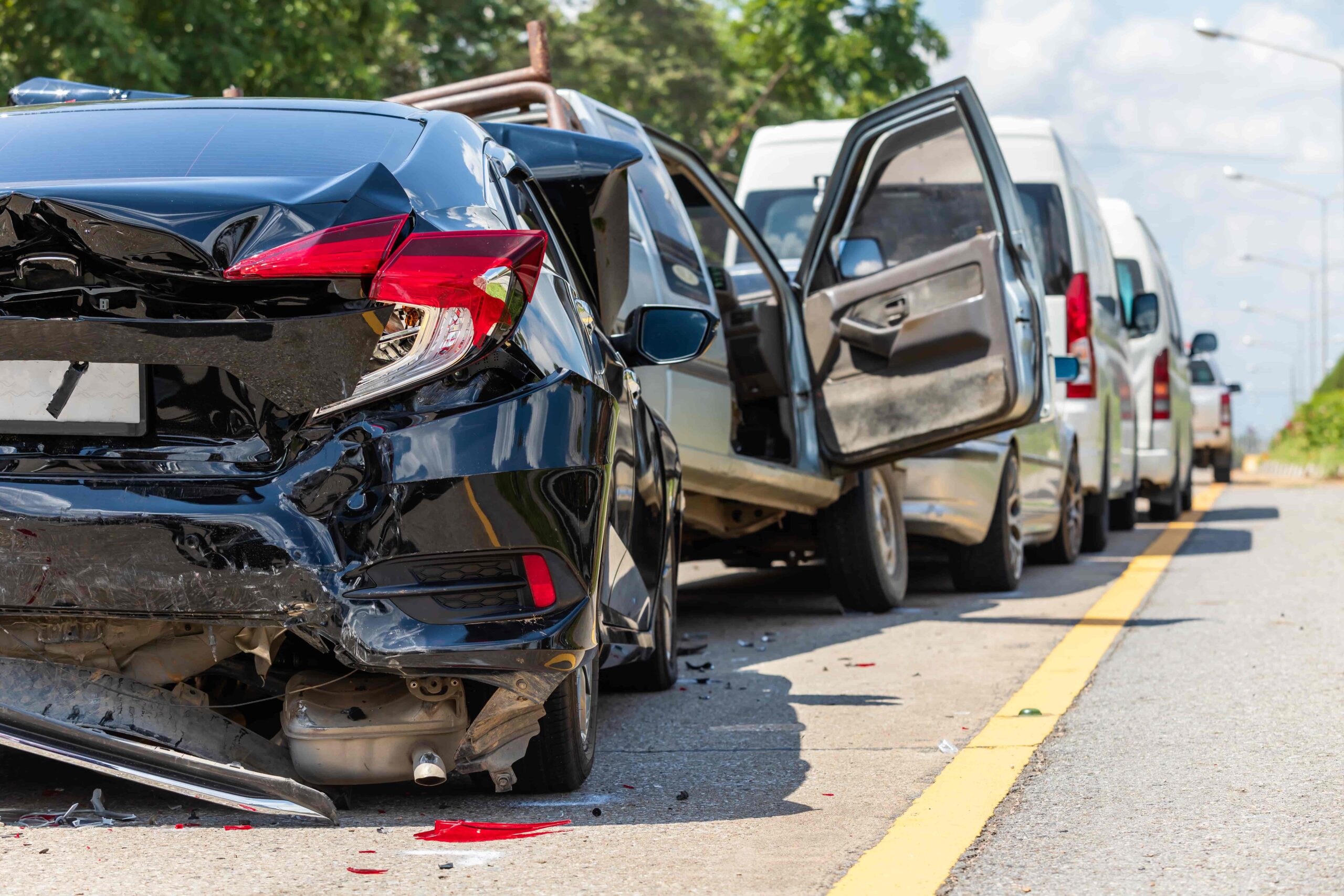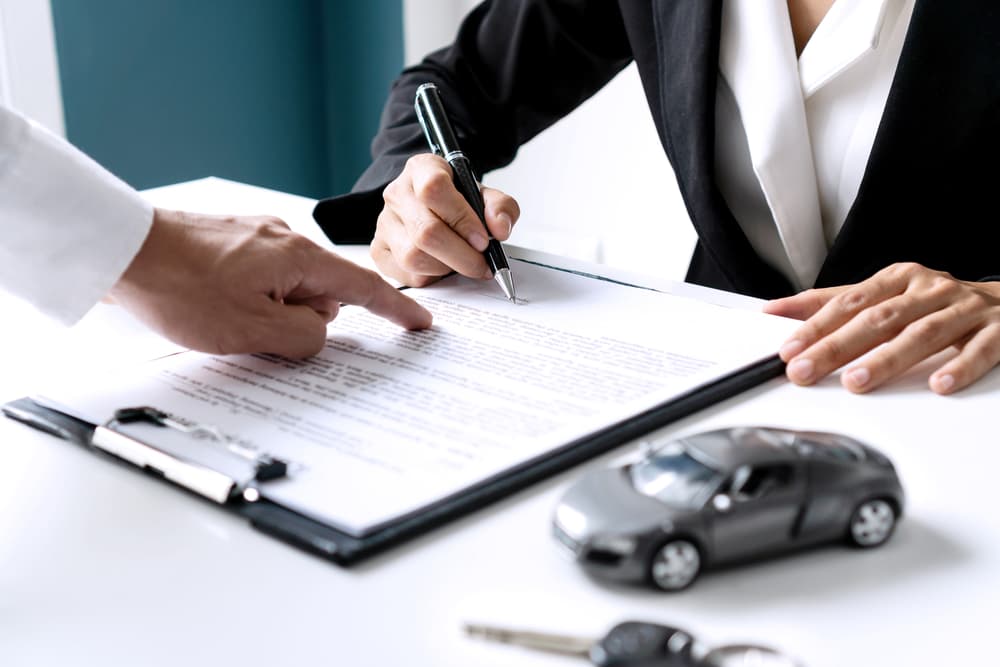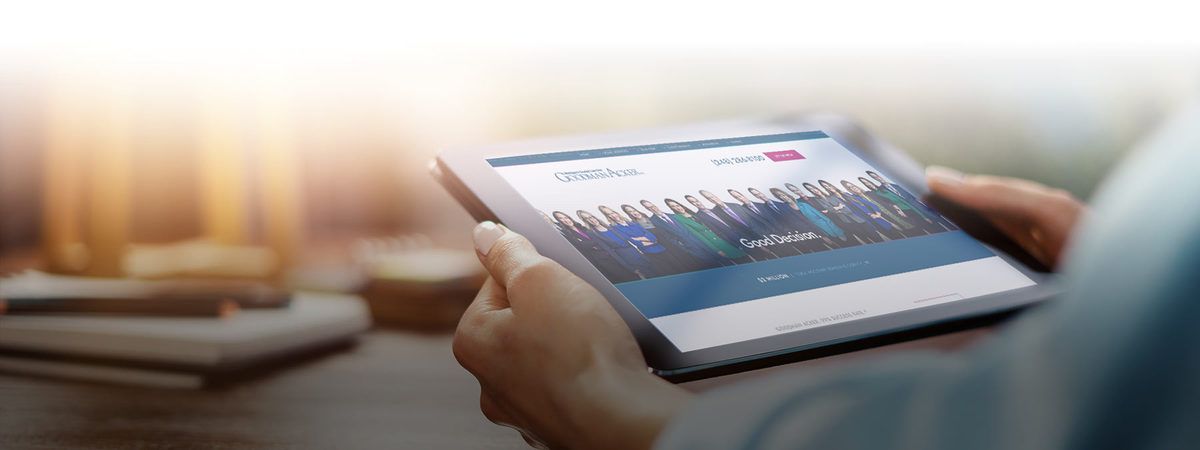- July 30, 2025
Your car is damaged, you feel shaken, and pain begins to set in. As you try to process what happened, a pressing question forms in your mind. Who is at fault in a multi-car rear-end accident?
The answer is rarely simple. Unlike a two-car collision, a pileup involves multiple drivers, different contact points, and a complex series of events. Determining liability requires carefully investigating how the entire sequence unfolded, from the first contact to the last.
The Common Misconception About Rear-End Crashes

Many people believe a simple rule applies to all rear-end collisions: the driver in the back is always to blame. This is often true in a straightforward accident involving only two cars.
Drivers must maintain a safe following distance to allow enough time to stop, even if the car ahead brakes suddenly. A chain-reaction pileup is not one event but several collisions happening quickly.
The driver of the last car may have started the chain, but they might not be the only person responsible for the total damage. A driver in the middle of the pileup could also share some liability. The specific facts of the crash dictate who is responsible.
Simply blaming the last person in line ignores the actions of every other driver involved.
- The middle driver’s actions: A driver in the middle of the pileup might have been following the car ahead of them too closely. If they hit the front car before being struck from behind, they share fault for the initial collision.
- The lead driver’s behavior: The driver of the very first car could be found partially at fault if they acted negligently. A sudden, unnecessary "brake check" or driving with broken brake lights could contribute to the accident.
- An outside vehicle: Sometimes, a driver who is not even part of the final pileup causes it. A car that cuts another driver off and speeds away can force the first car to slam on its brakes, setting off the chain reaction.
Identifying the First Point of Contact
A key piece of the puzzle in any multi-car accident investigation is determining where the first contact occurred. Figuring out which two cars hit each other first is fundamental to establishing the sequence of events. This single detail can completely change how liability is assigned.
Investigators and attorneys will work to reconstruct the accident to find this first point of contact. They look at the vehicle damage, debris on the road, skid marks, and witness statements.
- The "Push-Up" Collision. This is the most common chain-reaction scenario. It starts when the last car in the line fails to stop. That car crashes into the back of the middle car, and the force of that collision propels the middle car forward into the front car.
In this situation, the driver of the last car is almost always found to be the primary at-fault party. They started the entire sequence of events through their negligence, and the drivers in front of them were simply victims of the chain reaction.
- The "Independent Collision" Scenario. This situation is more complex and results in shared fault. It happens when the middle car hits the front car first, creating an initial rear-end accident.
- A moment later, the last car in line hits the now-stopped middle car, creating a second, separate collision. In this case, the middle driver is at fault for the first crash because they likely followed the lead car too closely. The last driver is at fault for the second crash. Both negligent drivers would be responsible for the damages they caused.
What Kind of Evidence Shows Who Caused a Pileup?
In the confusion of a multi-car accident, a person's memory of the exact sequence of events can be hazy. Physical evidence becomes incredibly valuable since every driver may have a slightly different version of what happened.
Gathering evidence should begin at the accident scene if you can do so. The information collected in the minutes and hours after the crash is often the most powerful.
This evidence helps build a clear and accurate picture of the event. It helps an attorney or investigator reconstruct the crash and counter any false claims from other drivers.
- Police Accident Report: While not always perfect, the police report is an official document that contains the officer’s observations. It will note the positions of the cars, visible damage, witness information, and sometimes the officer’s initial opinion on how the crash happened.
- Photographs and Videos: Use your phone to take pictures of everything. Document the damage to all vehicles involved, their final resting positions, skid marks on the pavement, and any relevant road signs or traffic signals. A wide shot of the entire scene can also provide context.
- Witness Statements: Independent witnesses who saw the crash are invaluable. Get their names and contact information. A statement from someone with no connection to the accident is often seen as very credible.
- Vehicle Damage Analysis: The location and severity of damage on each car provide clues. An accident reconstructionist can analyze crush patterns to determine the direction and force of the contacts.
- Dashcam or Traffic Camera Footage: This is one of the best forms of evidence. If your vehicle or any of the other vehicles had a dashcam, the footage can end the debate over fault. It is also worth checking if nearby businesses or traffic lights have cameras that may have recorded the accident.
- Cell Phone Records: If there is a strong suspicion that a driver was texting or talking on the phone, their cell phone records can sometimes be obtained during a lawsuit. This can provide definitive proof of distracted driving.
Common Causes of Chain-Reaction Accidents

While we have discussed the mechanics of chain-reaction crashes, it is also useful to look at the human behaviors that cause them. Nearly all multi-car pileups are preventable.
Pinpointing the root cause is essential for holding the right person accountable. For example, if a driver was texting, they failed their duty to pay attention to the road. If another driver was speeding in rainy conditions, they failed their duty to operate their vehicle safely for the situation.
These failures are what lead to liability. Proving that a driver was engaged in one of these dangerous behaviors at the time of the crash strengthens your case significantly.
Distracted Driving
This is a leading cause of all traffic accidents. A driver who is texting, talking on the phone, adjusting the radio, or eating is not focused on the road ahead. It only takes a few seconds of inattention to miss seeing stopped traffic ahead, leading to a violent rear-end collision that can easily start a pileup.
Following Too Closely
Commonly known as tailgating, following another vehicle too closely is a recipe for disaster. It eliminates the safety cushion needed to react to sudden stops. In a multi-car situation, a middle driver who is tailgating the lead car may be unable to avoid a collision, even if they themselves are hit from behind.
Speeding or Driving Too Fast for Conditions
Exceeding the speed limit or driving too fast for road conditions like rain, ice, or fog drastically reduces a driver's reaction time. The faster a vehicle is moving, the longer it takes to stop. Speeding is a major factor in many severe chain-reaction accidents because it increases the force of the collisions.
Can Each Driver Be at Fault in a Pileup?
In a chain-reaction crash, every driver's actions will be scrutinized to determine their level of responsibility. Your position in the line of cars can create certain presumptions, but these are only starting points.
A full investigation might reveal that the driver everyone assumed was a victim actually contributed to the crash. It is a mistake to assume that the front driver is always blameless or that the rear driver is always guilty.
Depending on the circumstances, any driver in the chain could potentially be found at fault. The lead driver could have made an erratic move, or a middle driver could have been tailgating.
The rear driver could have been distracted. An experienced personal injury attorney will analyze the actions of every single driver to build a case for their client and protect them from unfair allegations of fault from other drivers and their insurance carriers.
- The Lead Driver (First Car). Generally, the lead driver is seen as a victim who was in the wrong place at the wrong time. In most cases, they have no fault. However, this is not guaranteed.
The lead driver could be found partially at fault if they stopped negligently, for example, by slamming on their brakes to "brake check" a tailgater, stopping in a travel lane for a non-emergency, or driving with malfunctioning brake lights that failed to warn the drivers behind them.
- The Middle Driver(s). The driver of a car caught in the middle has the most complicated position. A middle driver can be a victim, a negligent party, or both. If the middle driver was stopped safely and was pushed into the lead car by a collision from behind, they are likely blameless.
However, if the middle driver first hit the lead car and was then struck from behind, they would share fault for the initial collision.
- The Rear Driver (Last Car). The driver of the last car in the pileup almost always bears some degree of fault. The law requires every driver to control their vehicle and maintain a safe following distance.
Hitting a stopped vehicle from behind is strong evidence that the driver failed to do so. While there can be exceptions, like being suddenly cut off, the rear driver often starts the investigation with a strong presumption of negligence working against them.
How Should I Deal with Insurance Companies After a Multi-Car Accident?

After a multi-car crash, expect calls from insurance adjusters from your company and the insurers representing the other drivers. These conversations can significantly impact your claim, so it's important to proceed with caution.
Insurance companies are not on your side. The adjusters you speak with work to protect their company’s bottom line. Their goal is to settle your claim quickly and for as little money as possible.
One common tactic is asking for a recorded statement. While it may seem harmless, this is risky. Adjusters often ask vague or leading questions designed to get you to say something that could hurt your claim. Never agree to a recorded statement without talking to a car accident lawyer first.
The best move? Say very little and call an attorney. Let your legal team do the talking so nothing you say gets used against you later.
Tips for Talking to Insurance Companies:
- Only share the most basic facts - your name, contact info, and the vehicles involved.
- Don’t speculate about speed, timing, or what caused the crash.
- Never say “sorry” or suggest you might be at fault.
- Politely decline to give a recorded statement.
- Don’t rush to accept a quick settlement - it’s probably far less than what your case is worth.
Empower Yourself with Experienced Legal Support
If you have questions about a multi-car accident, you do not have to find the answers alone. At Goodman Acker, we are more than just lawyers; we are your neighbors and are here to help.
Our dedicated attorneys can review the details of your situation and explain your legal options. Please call us at (248) 831-1507 for a free, no-pressure consultation.

